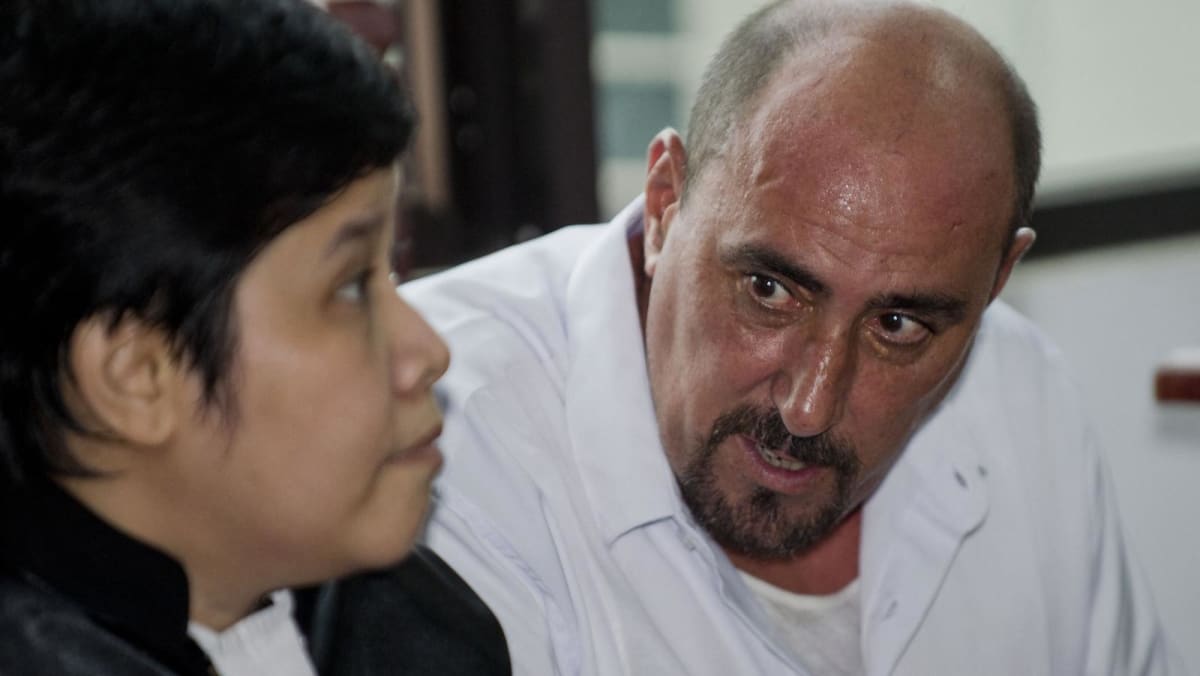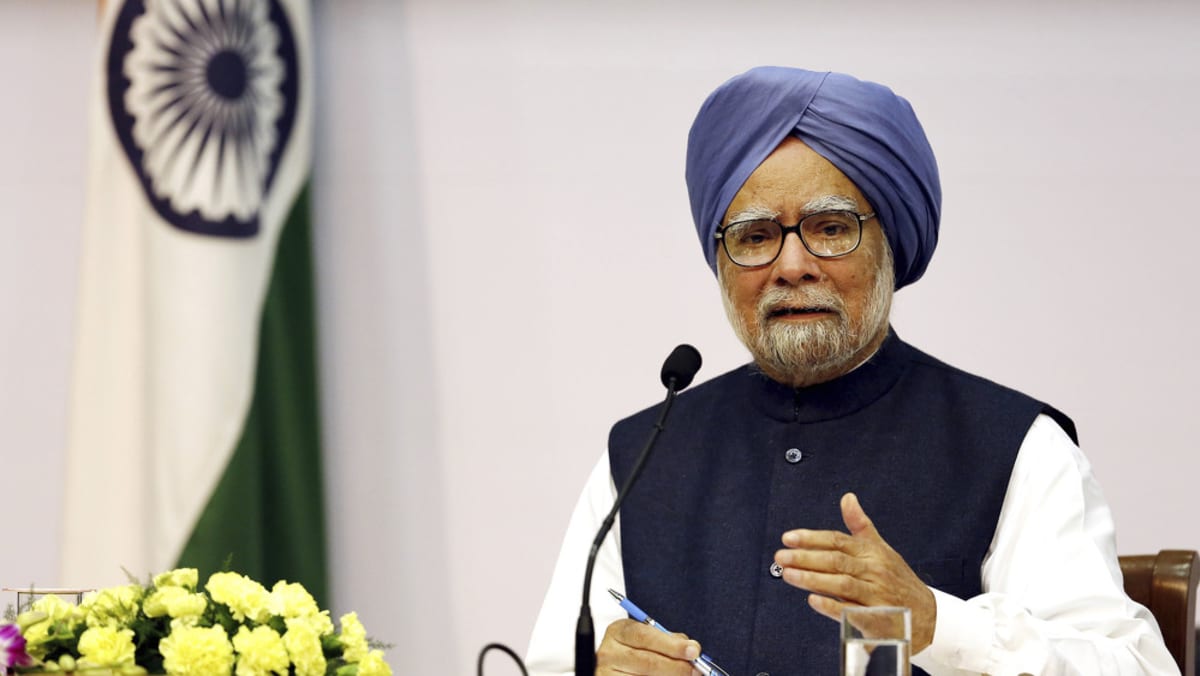Singh and his colleagues were able to convince us that in a post-socialist, market-led economy, we, too, would be free to chase our dreams. With education and hard work, our lives, too, would be vastly better than our parents’; upward mobility would no longer be an exclusive preserve of the privileged.
Through the 1990s, the reform project stayed on track even as governments changed. But the promise started to fray during Singh’s second term as prime minister.
The unwieldy Congress-led coalition government he ran from 2009 was besieged, from one side, by crony capitalists gorging on debt from state-owned banks only to siphon off money into their Swiss bank accounts. From the other side, it was under attack by a political opposition that blamed Singh’s indecisive leadership for rampant corruption, high inflation, slowing growth and a falling rupee.
“I do not believe that I have been a weak prime minister,” Singh said in one of his last press conferences, just a few months before the Hindu right-wing leader Narendra Modi’s Bharatiya Janata Party swept the 2014 election. “I honestly believe that history will be kinder to me than the contemporary media or for that matter the opposition in parliament.”
That prediction didn’t take too long to get tested. In November 2016, Prime Minister Modi banned 86 per cent of India’s currency overnight. Singh, who described the move as “organised loot and legalised plunder” said it would crush economic growth. He was right.













